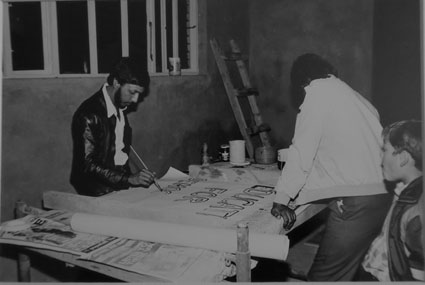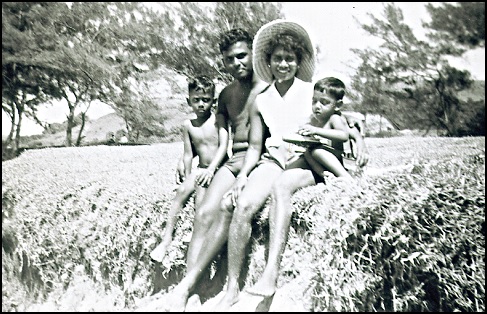Nithianandan ‘Elvis' Ganese Govender Gallery

- Read more about Nithianandan ‘Elvis' Ganese Govender Gallery
- Log in or register to post comments
Louwsburg, Zululand
Louwsburg is a little Village on the main road to Pongola, about 70 kilometres East of Vryheid and roughly 400 kilometres North of Durban. Louwsburg is named after the pioneer, David Louw. Proclaimed a Town in 1920, it is set magnificently in an Area of breathtaking beauty with rolling Hills and lush vegetation. Louwsburg is bordering the Ithala Game Reserve and only 40 km from the Ntendeka Wilderness. Within the vicinity of Louwsburg is the Mkuze Falls Private Game Reserve, which is home to Africa's Big 5. The Zulu name of the Town is; 'Ngotshe', which means cave. It is uncertain which cave is referred to though!
Louwsburg is situated about seventy kilometres East of Vryheid on the main road to Pongola. It serves a large rural district made up of maize and cattle Farms. One of the main reasons for visiting Louwsburg is to get to the incredible Ithala Game Reserve. The relatively small Park is home to about 910 species of plant life, which varies between Wetland, riverine thicket and open Savanna. The animal life is also amazing, and the Reserve has about 80 mammal, 314 bird and numerous reptile species recorded. Within the protective Valley of the Reserve, are some of the World's Oldest Rock Formations. Ithala Game Reserve is situated immediately North-West of Louwsburg, overlooking the Pongola River Valley. The Reserve lies across various Terrains, including Lowveld, densely vegetated River Valleys and high-lying Grassland Plateaus, Cliff faces and ridges, which means that there is an incredible diversity to your game viewing! Six Rivers, all tributaries of the Pongola, run through the Reserve, and all of the big game species, other than lion, have been re-introduced into the Area.



